Alder tree in the photo. Description, scope
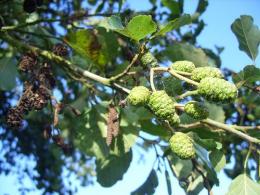
Alder - inconspicuous in appearance, but completely unusual tree, a real harbinger of the coming spring. There is still snow everywhere, but it is already blooming. And only after flowering the alder’s young leaves begin to bloom.
Content:
Description of alder
Alder is a flowering plant of the birch family. Alder blooms with monoecious flowers - fluffy earrings. Most species begin flowering in early spring, pollinated by the wind. But there are some interspecies differences. For example, sea alder blooms in late fall.
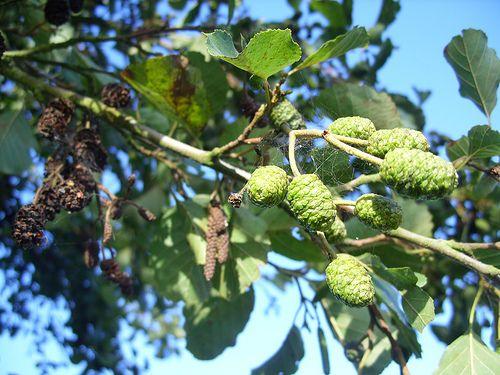
The trunk of this tree is mostly slender and covered with smooth bark. Alder leaves have a round shape and do not change color throughout the entire deciduous season. Even with the onset of a colorful autumn palette, they remain green, falling off with the first frosts. Fallen leaves contain large quantities of nitrogen, so when they fall, they enrich the earth with a useful mineral. The seeds are ripening towards the end of autumn, during this period their active flight begins and continues until spring.
Depending on the conditions of its habitat, alder is capable of taking on various life forms. There are more than fifty species of trees and shrubs. The most widely distributed of these are the two most common species: black alder (sticky) and gray alder (white).
Types of alder
The alder tree in the photo is black (sticky) alder. It got its name because of its shiny sticky leaves and the black color of the bark of an adult tree.In Greek mythology, black alder is associated with the arrival of spring and the festival of fire.
Trees of this species grow quickly and reach a height of more than 20 meters. Black alder – single tree. Near it it is almost impossible to find trees of other species.
Flowering of black alder begins in April. The fruits are cones with a narrow wing and ripen in late spring of next year.
Sticky alder is a light- and moisture-loving tree. It grows in very moist places, sometimes creating alder swamps.
The black alder in the photo is included in the Red Books of Moldova, some regions of Russia, and Kazakhstan. This type of alder is planted along ponds and landscaping parks and alleys.
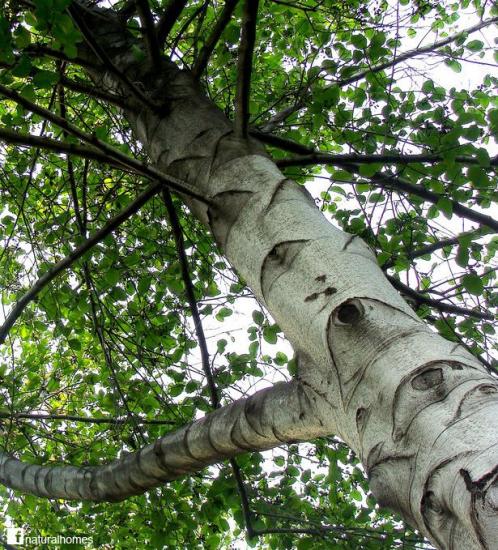
Gray alder looks different from its black “relative”. The trunk of this tree is not straight, but slightly curved, with gray bark. The leaves are also gray. It blooms with brownish earrings. But she completely unpretentious and is less demanding on growing conditions, but more light-loving.
It is able to live even in the poorest soils and wetlands. More frost and wind resistant. Propagates quickly by seeds, cuttings, and root suckers. It grows very actively, especially at a young age, forming wild thickets. This property is used for forest reclamation purposes to secure the coastal part and slopes of ravines.
Use of alder
- Alder does not have great strength, but has a uniform structure, light and soft wood, which makes it easier to work with. Based on such characteristics, alder has found its application in various industries. Due to its beneficial properties, it is used for medical purposes.
- When drying alder wood, cracks do not form on the surface.Due to this quality, it is used in the production of musical instruments.
- Due to its pliability, viscosity and softness, it is used as a material for artistic carving: sculptures are carved, decorative panels and carved dishes are made. Artists use alder wood coals in their work.
- Due to its beautiful shade after treatment with ammonia and drying oil, alder wood is used in the construction of decorative furniture and in carpentry.
- Being exposed to water for a long time, alder wood acquires significant strength; it is used to build wells, underwater structures and in the manufacture of barrels.
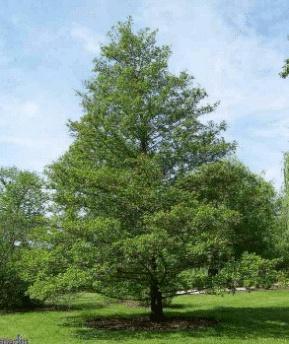
- Dyes for cloth and leather are obtained from the bark of black alder.
- Alder firewood burns well and has high heat output. It’s not for nothing that they are called “royal”.
- In cooking, firewood and sawdust from this tree are used for smoking meat and fish. In this matter, alder firewood has superior properties to all others.
- In folk medicine Alder cones and bark, which contain large quantities of tannins, are widely used. Decoctions of the bark and cones are taken in folk medicine as an astringent. Purulent wounds heal faster if young black alder leaves are applied. For diathesis and eczema, drink a decoction of flowers collected at the beginning of flowering. For hemorrhoids and constipation, a vodka infusion of alder earrings is used.
- Traditional medicine widely uses black alder leaves because of their protein, carotene, and vitamin C content. A dry extract is produced from the cones - thamelin, which is used for dysentery.
Alder is not a graceful tree at all. But in some of its properties it is not inferior to birch and even oak.Alder is increasingly gaining environmental and economic importance.

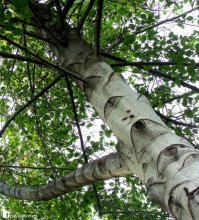


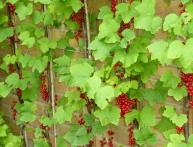
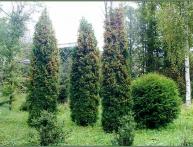
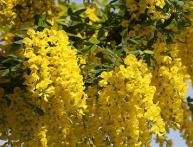
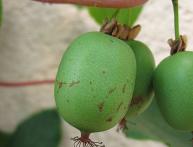
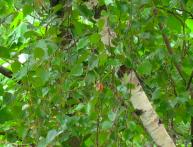
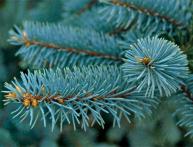
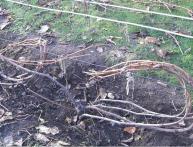
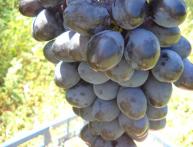
Comments
I have known alder well since childhood; it grew in our forest. I have always been attracted to small alder cones, I collected them for crafts, my parents kept them in the medicine cabinet as a fixing agent. And the shish kebab on alder wood turns out delicious!
I’ve seen this tree in photographs and pictures many times, but I’ve never seen it live. I also heard from a sausage manufacturer that this wood is best suited for smoking.
Yes, alder is a magical tree! True, we don’t have it on our site, but my husband and I know well the place where it grows. It was there that we went, collecting dry twigs and dead wood for a mini-smokehouse. Although, I can say that aspen or apple rotten mushrooms are also quite suitable for these purposes.